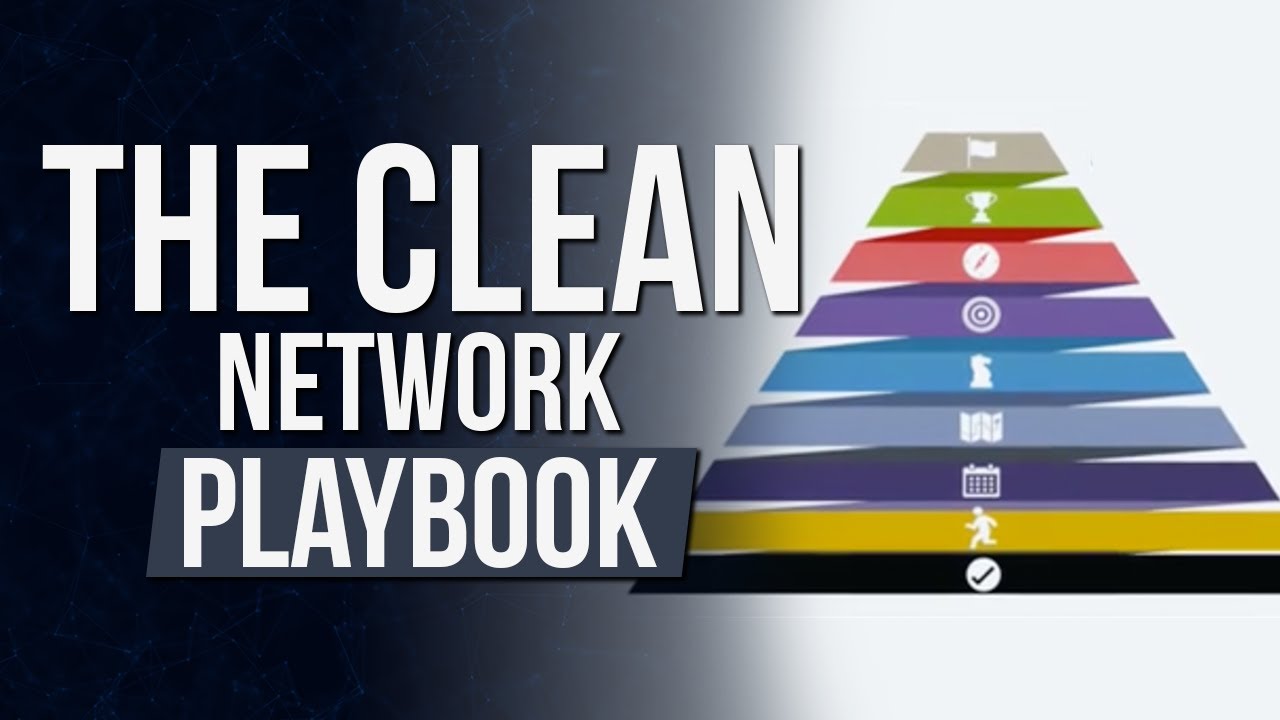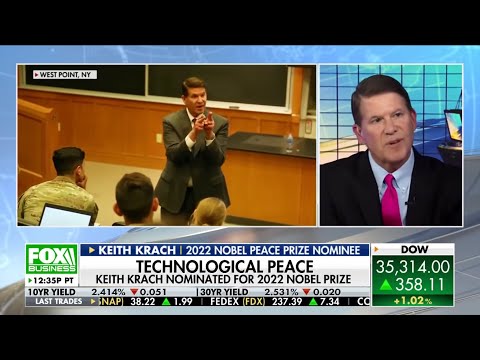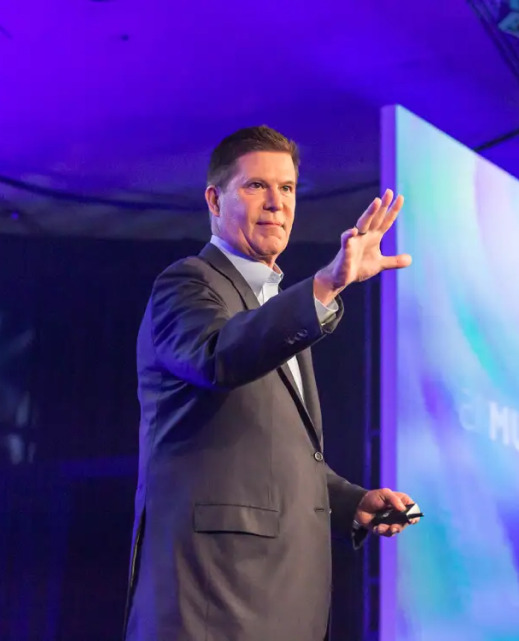Clean Network Documentary Part 1: 5G Trifecta
5G Trifecta II: Clean Path Blockade
The second prong of Krach’s 5G Trifecta against Huawei and the CCP was making it more costly for telco operators to use Huawei equipment. Krach’s team had limited authority to restrict use of Huawei equipment, so they started where they could–requiring that any network traffic coming in and out of diplomatic facilities, whether in the U.S. or abroad–all U.S. embassies–would require a "clean path." It would need to be trusted and reliable. For example, it could not have touched a Huawei antenna. The genius of this approach was that it made it more costly for telco operators to use Huawei equipment. A telco operator with Huawei equipment would need to put an Ericsson or Nokia or Samsung antenna right next to it. In essence, that doubles the cost. While the clean path restriction initially applied only to the State Department, Krach expected the restriction to apply more broadly as more countries and companies joined the Clean Network. The Clean Path blockade effectively struck back against one major Huawei advantage — heavy subsidies from the CCP which enabled the company to sell its equipment for below market prices.
🇺🇸 Learn More: https://keithkrach.com/
Connect With Us ↙️
✅ LinkedIn: https://www.linkedin.com/in/keithkrach/
✅ Facebook: https://www.facebook.com/keithkrach
✅ Twitter: https://twitter.com/KeithJKrach
Transcript:
Keith Krach: The Clean Path program, which basically calls for any network traffic coming in and out of diplomatic facilities, whether it’s here or abroad, all our embassies, it requires a clean path. So in other words, it’s trusted, it’s reliable. It cannot have touched, for example, a Huawei antenna.
Simone Gao: This is the second strike of the 5G trifecta. It marked the beginning of the clean path rollout beyond just the State Department. The announcement encouraged all like-minded countries and companies to join the U.S. in requiring a 5G clean path for the facilities.
Keith Krach: Let’s say you’re a telco operator and you have Huawei. It means you’ve got to you got to put a Ericsson or Nokia or Samsung antenna right next to it. In essence, that’s gonna double your cost. And so that was raising the cost for the telco operators. You know, if we could have done it for all United States, we would have, but we could only start with what we could control. And that was United States State Department. Now I think you’ll see it rollout with all the different U.S. agencies. We got some countries to come on board as well. So it’s getting up to a critical mass of network traffic.
Simone Gao: The genius behind the clean path strategy was raising the cost for the telco operators who are contemplating Huawei 5G.











